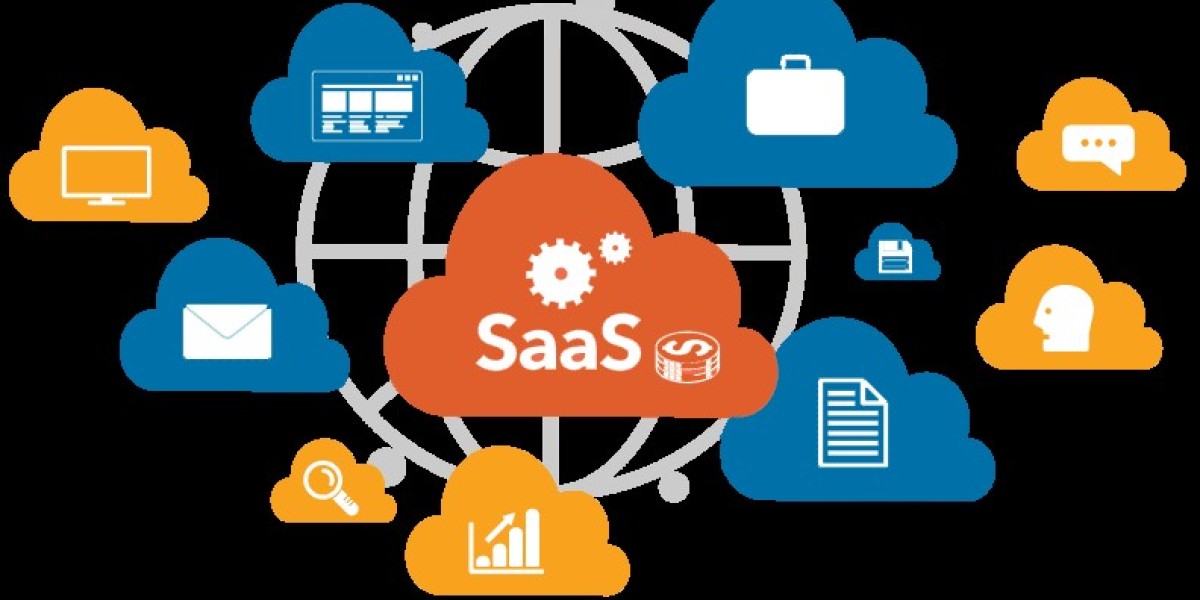The rapid evolution of cloud computing has transformed how businesses operate, offering scalable and cost-effective solutions that adapt to the dynamic demands of the digital age. Among the various cloud service models, Software as a Service (SaaS) stands out for its ability to deliver robust applications over the internet without the need for extensive infrastructure. This blog will delve into the world of SaaS in cloud computing, highlighting its benefits, key features, and impact on businesses.
Understanding SaaS
SaaS is a cloud-based service model where software applications are hosted by a service provider and made available to customers over the internet. Instead of purchasing and maintaining software, businesses can access it on a subscription basis. This model contrasts with traditional on-premises software, which requires physical installation and continuous management.
Benefits of SaaS
1. Cost-Effectiveness
One of the most significant advantages of SaaS is its cost-effectiveness. Businesses can avoid the high upfront costs associated with purchasing and installing software. Instead, they pay a subscription fee, which often includes maintenance, updates, and support. This predictable pricing model simplifies budgeting and reduces financial risk.
2. Scalability and Flexibility
SaaS solutions are highly scalable, allowing businesses to adjust their usage according to their needs. Whether scaling up to accommodate growth or scaling down during slower periods, SaaS providers offer flexible subscription plans that can be tailored to the organization's requirements.
3. Accessibility and Mobility
With SaaS, applications are accessible from any device with an internet connection. This accessibility promotes mobility and remote work, enabling employees to collaborate and access essential tools from anywhere in the world. This feature is particularly beneficial in the current era of remote and hybrid work environments.
4. Automatic Updates and Maintenance
SaaS providers handle software updates and maintenance, ensuring that users always have access to the latest features and security patches. This automatic update process eliminates the need for manual installations and reduces downtime, allowing businesses to focus on their core operations.
5. Enhanced Security
SaaS providers invest heavily in security measures to protect their customers' data. These measures often include encryption, multi-factor authentication, and regular security audits. For many small and medium-sized businesses, the level of security provided by SaaS vendors surpasses what they could achieve independently.
Key Features of SaaS
1. Multi-Tenancy Model
SaaS applications often operate on a multi-tenancy model, where multiple customers share the same infrastructure and application instance. Each customer's data is isolated and secure, while shared resources lead to cost savings and efficient use of computing power.
2. Customization and Integration
Modern SaaS applications offer a high degree of customization to meet the unique needs of different businesses. Additionally, they often come with APIs and integration capabilities, allowing seamless connectivity with other software and systems, thereby creating a cohesive digital ecosystem.
3. Subscription-Based Pricing
SaaS typically employs a subscription-based pricing model, which can be monthly, annually, or based on usage. This model provides financial flexibility and predictability, making it easier for businesses to manage their IT budgets.
4. Analytics and Reporting
Many SaaS applications include built-in analytics and reporting tools that provide valuable insights into business operations. These tools help organizations make data-driven decisions, optimize processes, and identify growth opportunities.
5. User-Friendly Interfaces
SaaS applications are designed with user experience in mind, offering intuitive and easy-to-navigate interfaces. This user-friendliness reduces the learning curve and increases user adoption, ensuring that employees can quickly become proficient with the software.
Impact of SaaS on Businesses
1. Accelerated Time to Market
SaaS solutions enable businesses to deploy software quickly without the need for lengthy installations and configurations. This rapid deployment accelerates the time to market, allowing companies to respond swiftly to market demands and opportunities.
2. Improved Collaboration
The accessibility of SaaS applications fosters collaboration among team members, regardless of their physical location. Features such as real-time editing, file sharing, and communication tools enhance teamwork and productivity.
3. Focus on Core Competencies
By outsourcing software maintenance and management to SaaS providers, businesses can concentrate on their core competencies. This focus can lead to innovation, improved customer service, and overall business growth.
4. Global Reach
SaaS enables businesses to operate on a global scale by providing tools and applications that can be accessed from anywhere. This global reach opens up new markets and opportunities for expansion.
5. Disaster Recovery and Business Continuity
SaaS providers typically offer robust disaster recovery and backup solutions, ensuring business continuity in the event of a system failure or data loss. This resilience is crucial for maintaining operations and protecting valuable data.
Conclusion
SaaS in cloud computing has revolutionized how businesses access and utilize software, offering unparalleled benefits in terms of cost savings, scalability, and flexibility. Its ability to provide secure, up-to-date applications with minimal management overhead makes it an attractive option for businesses of all sizes. As the digital landscape continues to evolve, the adoption of SaaS solutions will likely increase, driving innovation and growth across industries. By embracing SaaS, businesses can stay competitive, agile, and ready to meet the challenges of the future.








